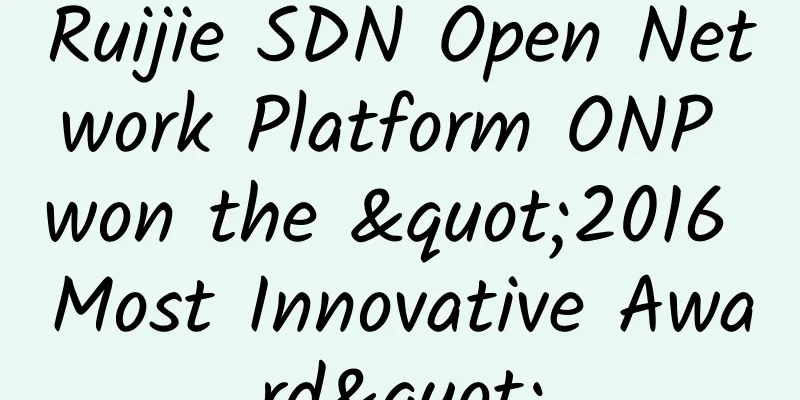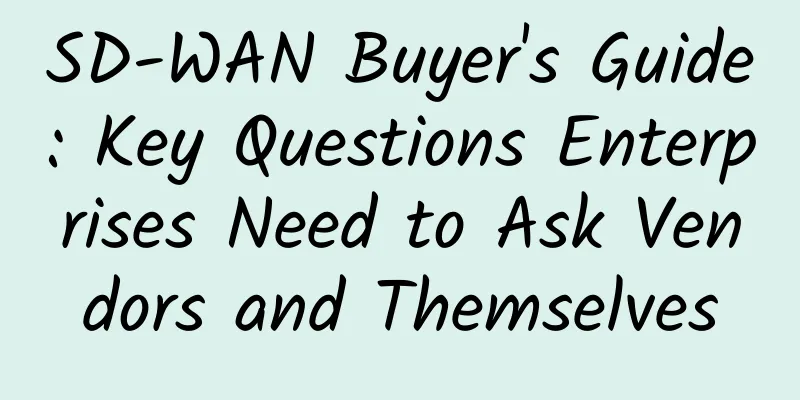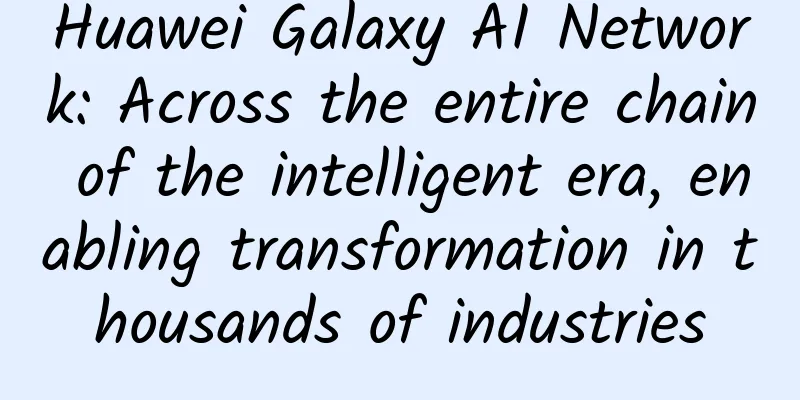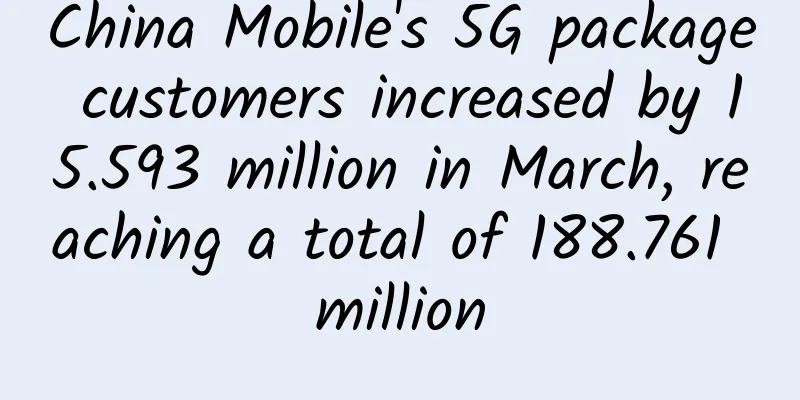Fast, intelligent, and secure cloud application delivery is the new trend in 2017! F5 invites you to start a more free cross-cloud journey
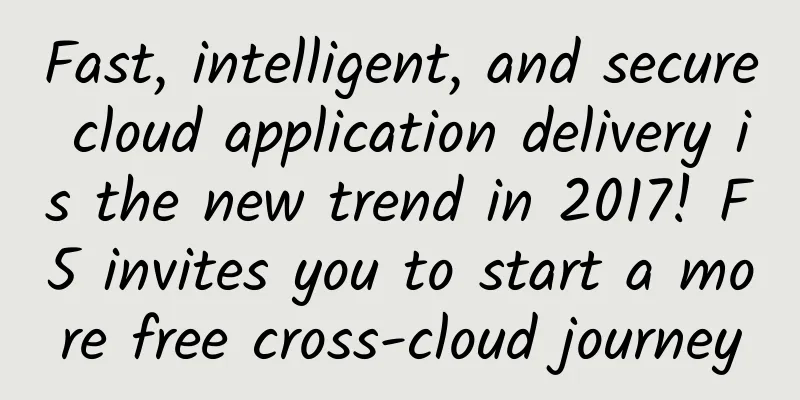
|
[51CTO.com original article] Cloud computing has become more complex in 2017. In addition to public cloud, private cloud, and hybrid cloud, complex cloud and multiple cloud have also emerged. With the large-scale popularization of the Internet of Things and the rapid deployment of cloud microservices, what crises will domestic enterprise customers face after going to the cloud? How can F5 and its partners resolve them? What model should China's OpenStack provide to help customers achieve fast, secure, and highly available cloud application delivery? Recently, at the F***GILITY 2017 Application Delivery Summit Forum, the reporter interviewed two F5 executives and found the answer from their sharing. Application is the starting point of digital transformation
Adam Judd, senior vice president of F5 Asia Pacific, participated in a public event in China for the first time. He used the word "crisis" to describe the situation faced by corporate customers in the process of digital transformation. He showed a set of data: from 2000 to now, in just over a decade, less than 50% of the original Fortune 500 companies have been left. There are old companies like Kodak that have collapsed, and new applications like WeChat and Uber that have brought disruptive development opportunities. He said that the word "crisis" means danger and opportunity. To survive and develop, we must seize the opportunity of transformation. He emphasized that the number of IoT connected devices will reach 50 billion by 2020. There is a key point behind such a huge number of connections - all devices are connected to applications, and applications determine everything on the devices. F5 is a 20-year-old company with a deep understanding of applications. In the next 20 years, F5 is still ready to continue to help customers' applications be faster, smarter, and more secure. The cross-cloud journey is fraught with danger
Steve, vice president of global marketing at F5, said that the "cross-cloud journey" means that F5 and its partners will work together to help customers use new technologies to seize opportunities, such as new software development methods and containerization, while avoiding the dangers that other customers have encountered. The reporter learned that 85% of the companies in the world that are preparing to deploy cloud computing have begun to accept the "cross-cloud" view. That is to say, among these companies, some applications and services will be placed on AWS, some will be placed on Microsoft Cloud Azure, some will be placed on local clouds, and some services can be hosted. 85% of customers believe that this is the direction they will develop in the future. What crises will such infrastructure bring in the future? Steve said that first, there are too many suppliers in the infrastructure, and customers need to know more about the technology, but the IT department obviously cannot do so because they cannot understand the complexity involved; second, there are more security threats and it is difficult to fully assess the risks. More importantly, the architectures of different cloud service providers are different. If they cross clouds, employees need to understand each different cloud. They also need to know how to use tool sets in different cloud environments, such as CHEF, container technology, Kubernetes, Pupet, etc. Obviously, the complex cross-cloud environment has exceeded the cloud capabilities that IT engineers can manage, and there is a shortage of relevant talents, and crises can break out at any time. What will be the consequence of all this? The various application services will be separated, and different cloud environments will have different security requirements and different optimization technologies, which also means danger. Steve said that the biggest danger is that the service business of enterprises will slow down. Originally, the most typical service that the cloud environment can provide to customers is agility, but now this agility is offset by the complex cloud environment. F5 is ready Steve told reporters that F5 has launched its own technical solution for such a complex cross-cloud situation. It can cover a variety of cloud environments and continuously help everyone adapt to and manage such an environment well. F5's goal is to execute faster, smarter, safer, and more consistently, improving the smoothness of business processes in complex cloud environments. "With our technical solutions, you don't have to go through a lot of trouble. You can easily get a new environment. Whether it is the Internet of Things or the container environment, we can help you better go through this journey." He concluded. He told reporters that in the public cloud environment, F5 has cooperated with Microsoft and AWS to help customers call applications on partners' public clouds in advance, retrieve applications more quickly, test them, and go online, providing customers with consistent cloud services across platforms. In a cloud interconnected environment, the application connector launched by F5 is deployed in a host-hosted environment. It will automatically search for DevOps application software, call related services, and automatically complete related tasks. In the container environment, F5's focus is not just on north-south traffic. Containers also need traffic interaction, east-west interaction, and different parts of a container also need to communicate with each other. F5 has launched a container connector product that can provide a very good container environment and deliver it to customers through protocols. In a private cloud environment, the effectiveness of the private cloud requires open source. F5 has created key OpenStack templates so that customers' applications can provide a very high level of optimization in the OpenStack private cloud environment.
There is no doubt that F5 is ready on the road to cross-cloud. The reporter saw that whether the customer's application is in a private cloud environment, a public cloud, or a hybrid cloud, SDN, or microservice environment, F5 can provide consistent service guarantees and application service content, making applications faster, smarter, and more secure. Start the cross-cloud journey now! [51CTO original article, please indicate the original author and source as 51CTO.com when reprinting on partner sites] |
>>: To help students' future, Ruijie Smart Cloud Classroom creates a new teaching model
Recommend
China's three major operators finally gave in, reducing 5G package fees, netizens: Still can't afford it
As we all know, since the end of 2018, countries ...
[Black Friday] LiteServer: 60% off VPS in the Netherlands, large hard drive VPS/large traffic VPS monthly payment starting from 2.4 euros
LiteServer's Black Friday promotion lasts unt...
Before number portability came, those days of “crying wolf”
In March 2019, Beijing was still chilly in early ...
Network security programming: C language reverse loop structure analysis
[[392807]] The loop structures of C language incl...
How 5G will impact telecom enterprise asset management
Digital transformation has had ripple effects on ...
Kubesphere deploys Kubernetes using external IP
Our company has always had the need to connect al...
A collection of network failure and cause analysis (with solutions included)
[[265984]] In life and work, we will inevitably e...
HostYun Los Angeles CU2 (AS9929) VPS simple test
I looked through the previous articles and found ...
Ministry of Industry and Information Technology: The number of 5G terminal connections this year has exceeded 200 million
Wen Ku, spokesman for the Ministry of Industry an...
[6.18] 80VPS regular VPS 50% off, special VPS annual payment starting from 199 yuan, multiple data centers in the United States/Hong Kong/Japan/Korea, etc.
80VPS has released a permanent 50% discount code ...
MIIT releases 5G spectrum planning, China launches mid-band 5G commercialization
On November 15, the Ministry of Industry and Info...
Microsoft has scrapped plans to use IPv6 only on its internal network
[[244105]] Microsoft has scrapped plans to use on...
The 2020 Third Dual-State IT Beijing User Conference concluded successfully!
On January 11, 2020, the 2020 Third Dual-State IT...
NDRC: Accelerate the layout of new infrastructure such as 5G and the Internet of Things
On May 24, Ning Jizhe, deputy director of the Nat...
5G Era: Say Goodbye to TCP/IP
I just don't love you anymore, a song that ca...

